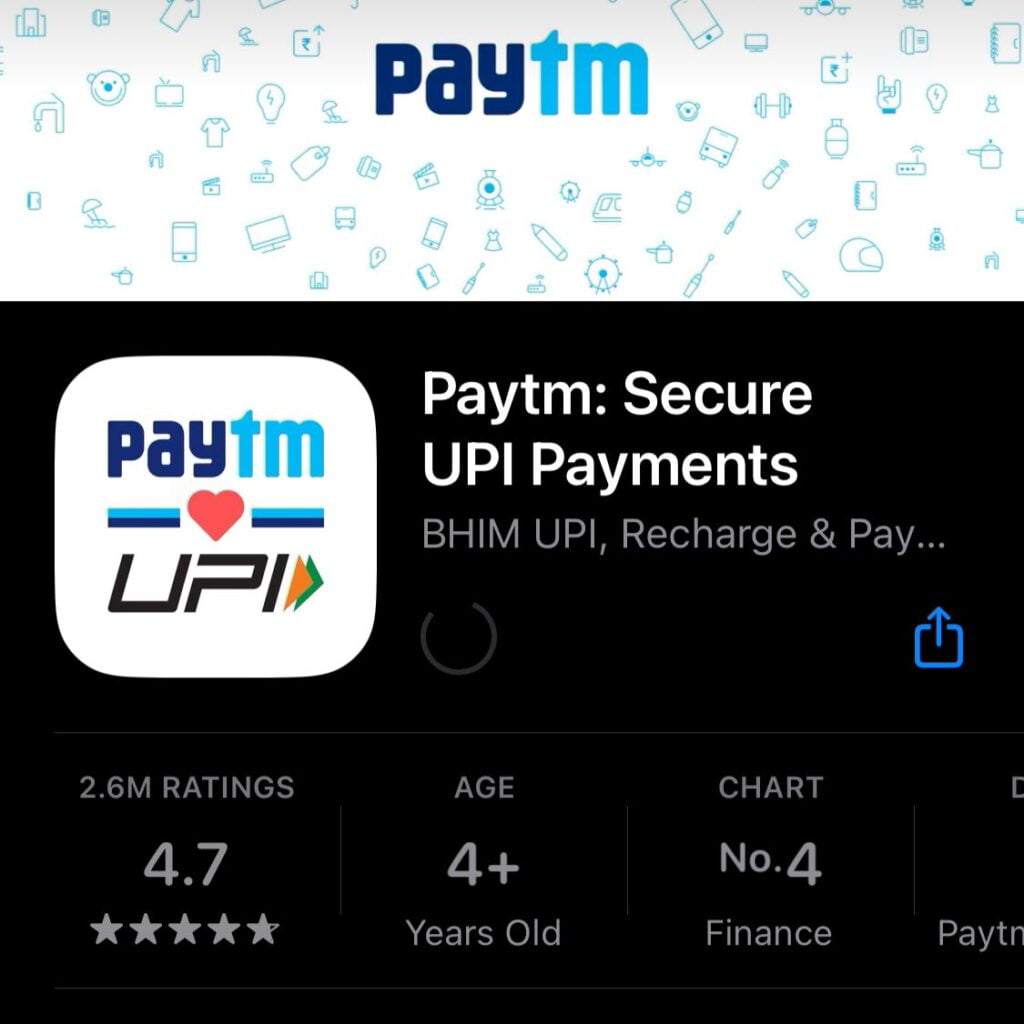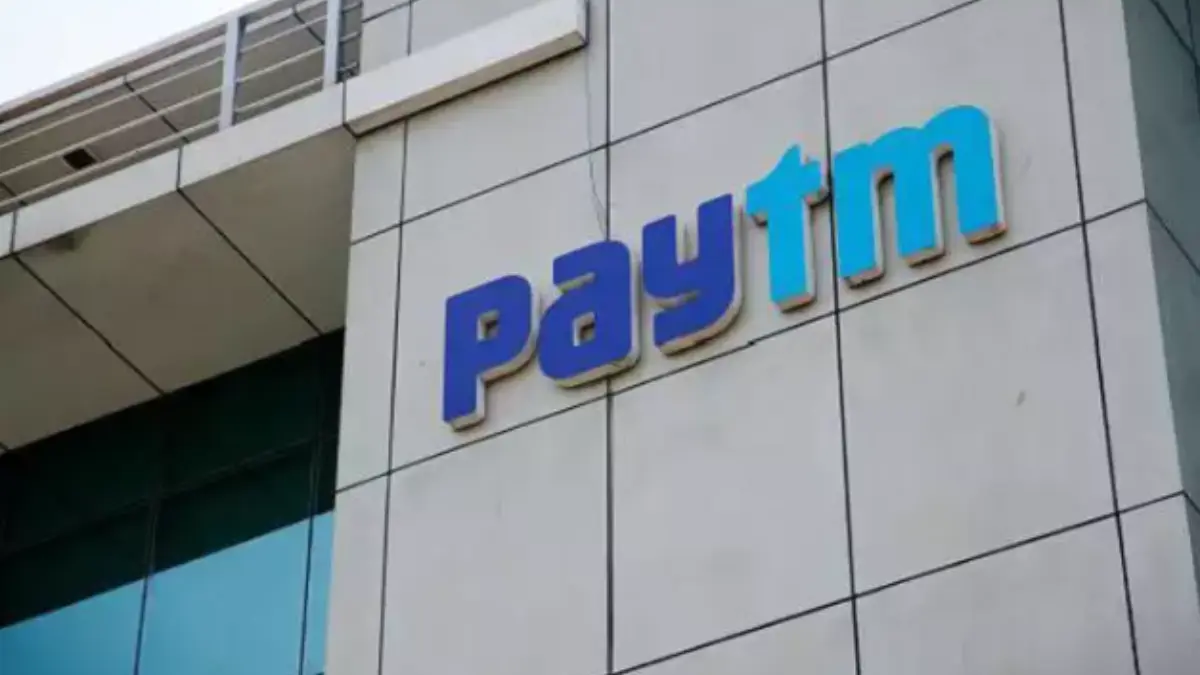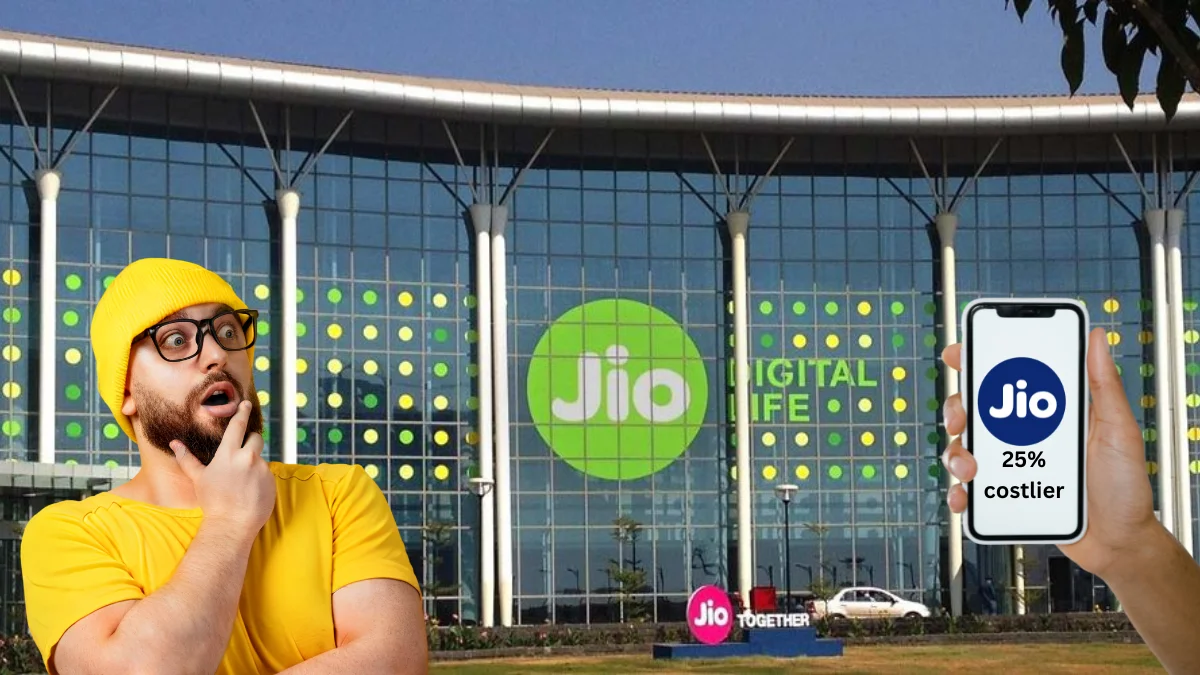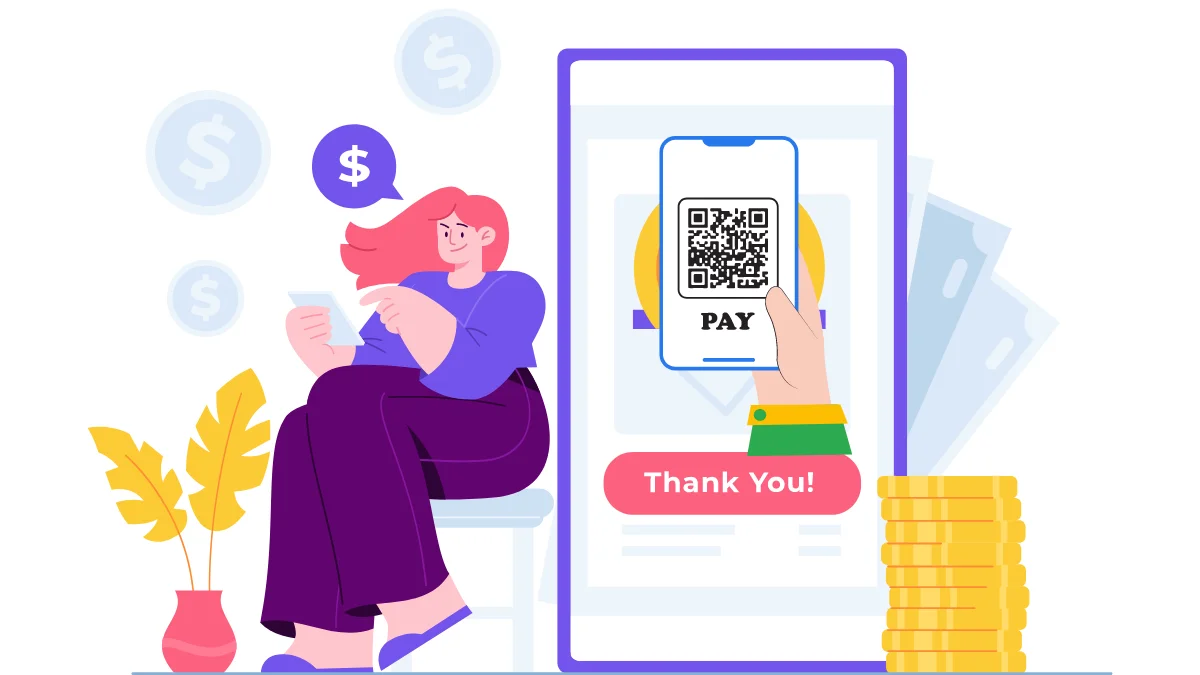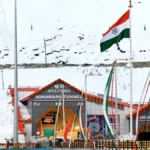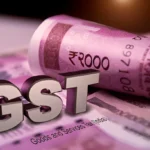TPAP: An Overview of Its Relevance in the Indian Payment Ecosystem The function of third-party application providers (TPAPs) is crucial in the ever-changing world of digital payments. Let’s analyse TPAPs and their importance in the Indian payment system.
What are TPAPs?
TPAPs, or Third-Party Application Providers, are entities that leverage the Unified Payments Interface (UPI) infrastructure provided by the National Payments Corporation of India. These providers collaborate with payment service providers (PSPs) and banks to facilitate transactions. Their primary function is to enhance and diversify the range of payment services available to customers through their technology.
How Function Do TPAPs?
API Intermediaries: Application Programming Interfaces (APIs) tailored specifically for banks are what TPAPs are. By serving as middlemen, these APIs link banking apps with third-party apps. The linked banking application receives a request from the third-party app when a user interacts with it, asking for permission to access the user’s bank information. The customer receives this request for authentication from the banking application after that.
Customer Interface
Users can start transactions using the customer interface that TPAPs provide. However, the underlying Payment Service Provider Bank handles the transaction processing in real-time. By serving as intermediaries, TPAPs guarantee smooth interactions while shifting the operational and financial burden to the bank.
Data Storage
All payment data, including information from UPI transactions, must be kept by TPAPs in India. This regulatory mandate strikes a compromise between innovation and safety, bringing together the non-banking entities’ convenience and the banking institutions’ trust.
Financial Partnership
TPAPs are a prime example of cooperation between banking and non-banking organisations. Their function emphasises how important fintech is to the payments industry.
Safety and Convenience TPAPs In India
TPAPs provide secure transactions without sacrificing usability by serving as a link between traditional banking channels and intuitive apps.
Multi-Bank Model:
As “Payment Service Providers,” sizable TPAPs can now collaborate with several banks. This paradigm increases service offerings and competitiveness.
To sum up, millions of Indians are able to make flawless digital payments because of TPAPs—the unsung heroes working behind the scenes. Their attention to rules and dedication to innovation make them vital participants in our changing financial environment.
Darshan Raval Gets Married: Best Friend Dharal Surelia: Wedding Photos Go Viral

Darshan Raval Gets Married: A New Chapter in His Life In an exciting update for his fans, Darshan Raval gets married to his childhood best friend, Dharal Surelia. The popular singer, known for hits like “Chogada” and “Kamariya,” tied the knot in an intimate ceremony attended by close family and friends. Fans have been eagerly…
Tragic Death of TV Actor Aman Jaiswal, 23, in Fatal Road Accident in Mumbai

On January 17, 2025, the entertainment world was taken aback by the sudden death of TV actor Aman Jaiswal, aged 23. Jaiswal, who gained popularity for his role in Dhartiputra Nandini, tragically lost his life when his motorcycle collided with a truck in Jogeshwari West, Mumbai. The incident took place in the afternoon at around…
Saif Ali Khan News: Actor Stabbed During Robbery in Mumbai – Latest Updates

Saif Ali Khan News: Actor Stabbed During Robbery in Mumbai The 54-year-old Bollywood superstar, Saif Ali Khan, sustained several stab wounds in a case of robbery at his home in Bandra, located in Mumbai, on January 16, 2025. The incident has shocked both his fans and the film fraternity. Here’s an update on what transpired.…
Discover News, Uncover Truths: Info Medias
